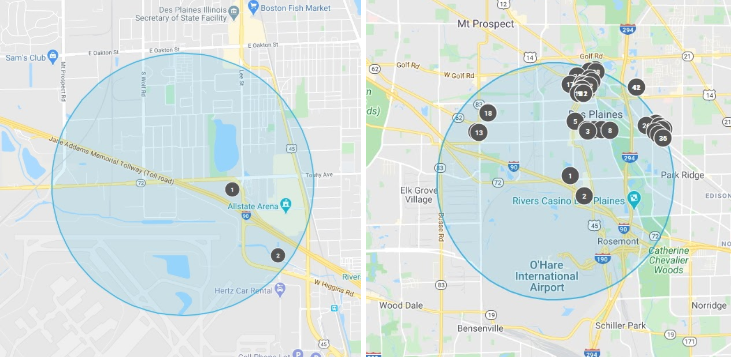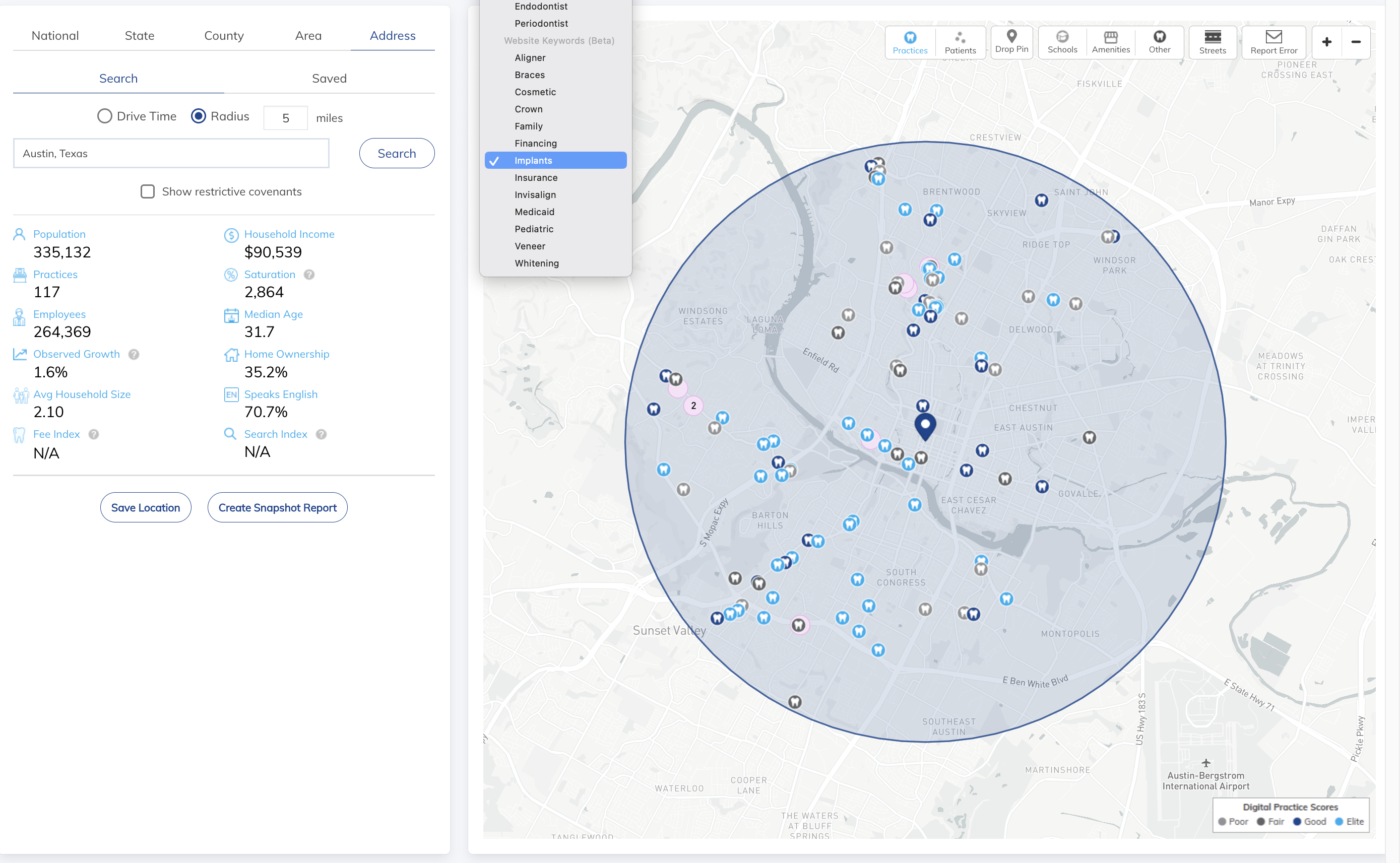.png)
If any topic in the nonclinical dental space could be considered “hot”, it is surely consolidation. You don’t need to spend long in this industry before you will inevitably be asked your opinion on it or hear someone else’s. Will we one day live in a world without locally-owned dental practices? Or is there some natural plateau for dental practice ownership consolidation?
Wherever your opinion falls on future consolidation, we can all agree that it’s important to establish where the industry is today. Specifically, how many practices are affiliated with a dental support organization? Working toward this figure or a similar one, various groups have made estimates over the years. But there isn’t one single definition of a DSO. Plus, identifying ownership can be challenging. As a result, estimates of the share of practices that are DSO-affiliated can vary quite a bit but most are in the 25-30% range.
Using our national database of manually verified dental practices, we started this article attempting to provide a little bit more clarity on DSO affiliation. We expected to find a figure that would support the ranges offered by most other estimates. But what we found both surprised us and demonstrated how opaque ownership is to even a trained eye.
Methodology
Our first step was to establish our definition of a DSO. We chose to look at the number of locations that a practice had. We considered any practice with three or more locations to be either a group or DSO, both of which we counted for this article. While there might be a few outliers, we don’t expect that most doctors are individually practicing in three separate locations.
In order to determine the number of locations that a practice had, we used its website domain. So, www.dentaloffice.com/location1 and www.dentaloffice.com/location2 would be known to be affiliated with each other but not with www.mydentist.com. Because this methodology naturally will not count “invisible” DSOs (those that do not use a common brand for their practices), we knew that we would only be looking at “visible” DSOs.
Findings
Of the 119,076 practices in our database, only 14,795 were represented by the same website domain as at least two other locations. This means that roughly just 12.4% of all dental practices in the United States are “visible” groups or DSOs, compared to the 25-30% figure widely cited by those familiar with the DSO space.
There are two possible conclusions that we can draw from this figure. Either the share of practices affiliated with a DSO is much lower than stated by others, or a large share of DSO-affiliated practice locations are so-called “invisible” DSOs which do not use a shared or public-facing brand. Based on conversations with experts who work in the DSO space, we believe that the latter explanation is more likely to explain the difference between the 12-13% of practices that are visible DSOs and the 25-30% figure commonly cited. Kevin Mach with McLerran & Associates, one of the leading sell-side advisory firms representing doctors in DSO affiliations, agrees. “Over half of our clients end up choosing to affiliate with DSOs that keep the existing branding in place but offer robust back-end infrastructure and support. The percentage of doctors affiliating with these types of groups has been increasing steadily over the last 5 years,” said Kevin.
So if you’re a current or aspiring practice owner, don’t expect DSOs to make it obvious when they start or acquire a practice near you. And if you’re thinking about selling to a DSO, this goes to show you that you may very well be able to keep your brand post transition.





